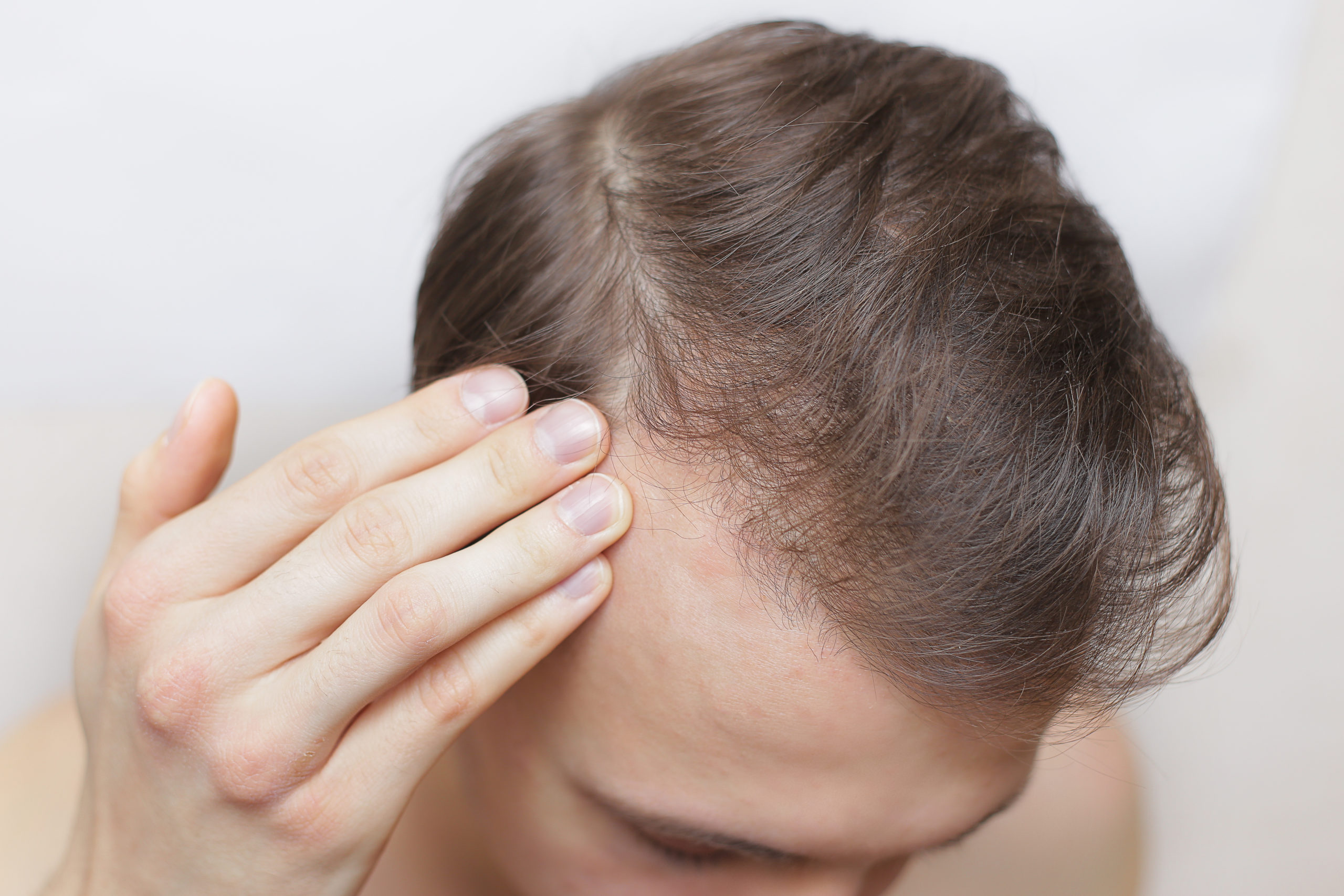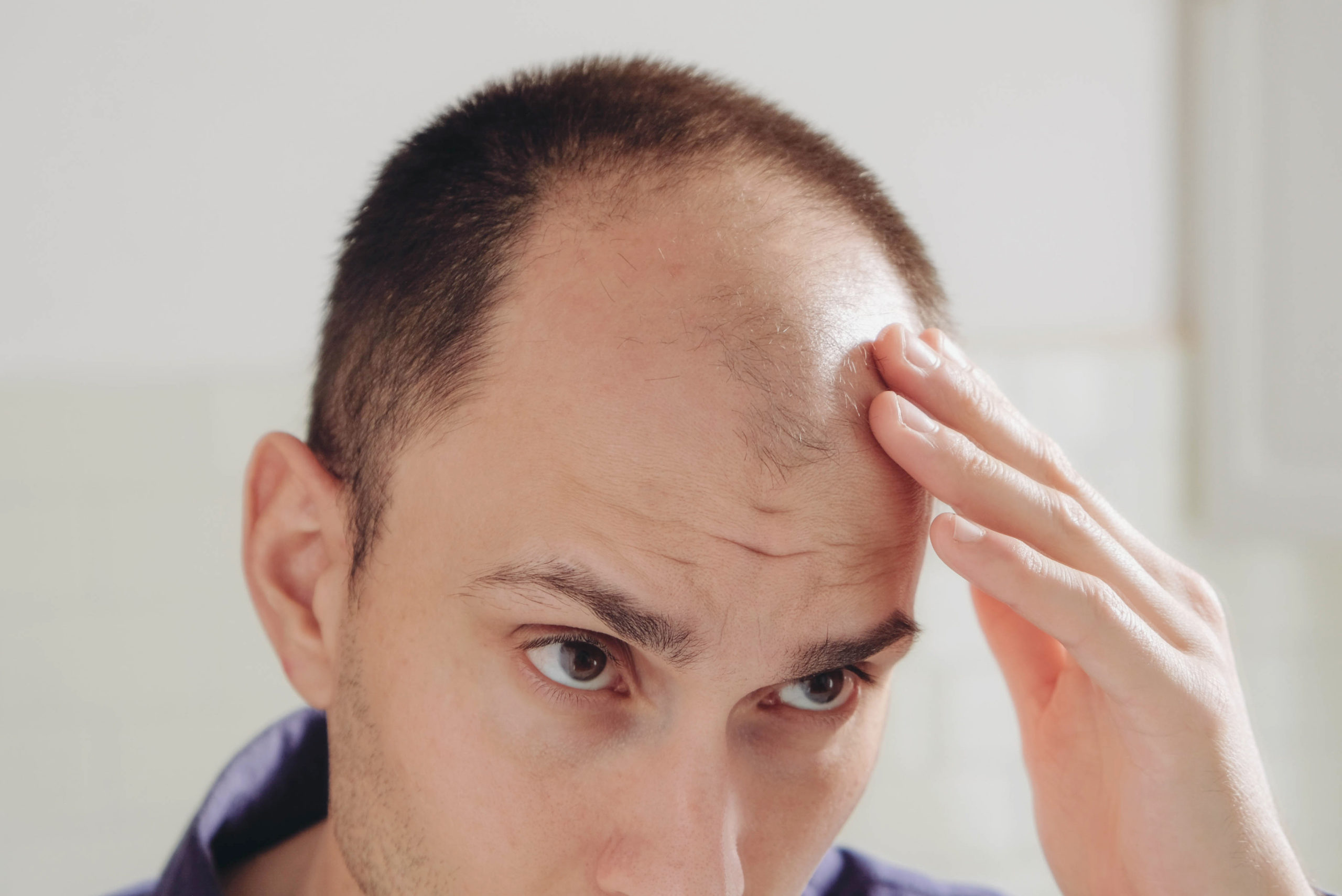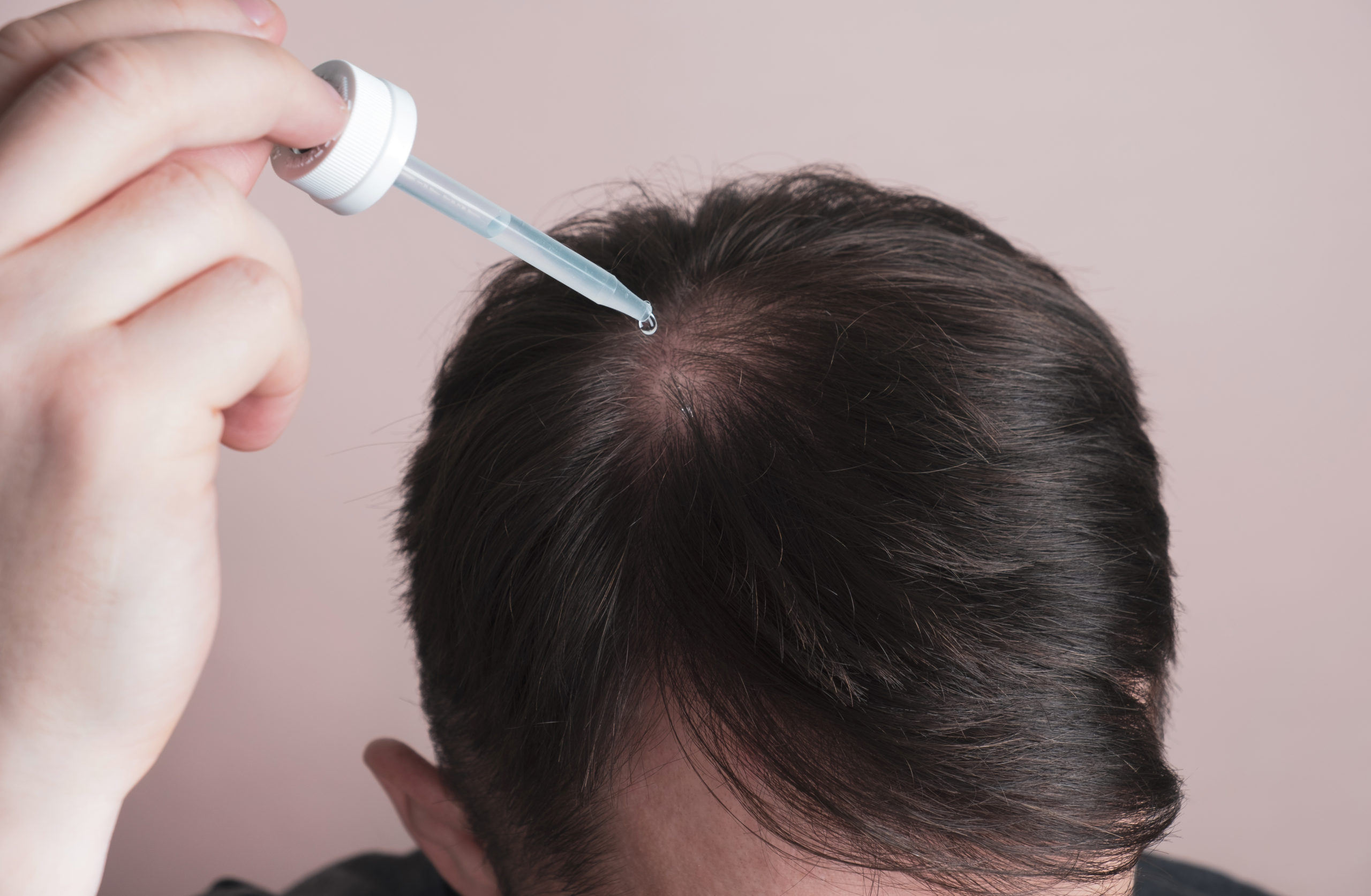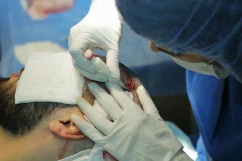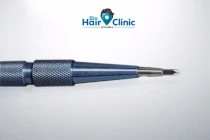Undercut Hair Style: A Trendy Solution to Hide Hair Loss?
The iconic undercut hair style has a long history that grew favourably in fashion several times over the years. Besides being a fashion statement, an undercut is a practical solution for men who experience hair loss at the hairline. This is because the hair is kept short at the sides, while the top can be worn long.
Why is an Undercut so Popular?
With an undercut, the sides of the head are shortly buzzed or shaved while the hair on the centre is parted and combed backwards, upwards or to any side. The sides are not blended with the rest of the hair or ‘disconnected’ creating a sharp contrast in length.
Despite all the trends, why is this hairstyle so favoured by men? From a practical point of view, it also allows you to hide patchy balding areas on the scalp. This can also cover a receding hairline with a long tuft of hair on top.
You can combine short shaved hair on the sides and the back of the head with either long hair and a full side fringe or with shorter top hair styled upwards. The versatility of this hairstyle alone is the reason why so many men decide to go for it.
Moreover, those with an undercut only need to style the hair on the top. The sides and the back do not require as much grooming every day.
It is also a perfect option for those who want longer hair but are irritated by the heat in summer. Also, if exercising and sweating mess up your hair, an undercut can be a great option too.
The History of Undercut Hairstyles
Apparently in the UK, this hairstyle was popularised after World War I. In the 1920s the undercut was widely adopted by street gang members and the working class in the UK, hence its association with delinquency and violence.
Back then it was also connected to poverty, as the laymen could not afford a professional barber. See, for example, the ’Peaky Blinders’ series, where the Birmingham gang wear their hair long on top but short on the sides and the back.
However, during the jazz age, the undercut was worn by dandies and the aristocracy. Only in the 1960s did the undercut lose its appeal. This was due to the mod subculture and the Beatles’ influence, who hyped the so-called ‘mop’ hair style.
But two decades later, the undercut became fashionable again with the rise of punk and goth subcultures mainly in America and the UK. The trend reached mainland Europe in the 1990s where it was flaunted by the members of the electronic music scene. Recently however the undercut saw a peak in popularity again.
The Undercut Hair Style: a Revival of the Trend?
Today, the haircut is socially acceptable and is worn equally in all professions and social classes. You can tweak it in different ways and wear your top hair long, medium or shorter. Some tie their hair into a braid, others style it backwards with gel or let it fall loosely over the shaved sides.
Nevertheless, you will need a few basics for the undercut to look good and fit your face. If your hair is generally thin, this haircut might be unsuitable for you. If you were blessed with a thick hair structure, it will naturally be easier to hide a receding hairline.
However, if you don’t boast thick strands or your hair on top is balding, you should instead consider filling up your thinning hair.
Along with that, an undercut will not favour every face shape. It works best with rounded or square-shaped faces. Those with oblong or ‘diamond’ faces should avoid wearing their hair like this. This is because it will visually elongate the face and sharpen the face features even more.
Hair Transplantation as a Better Alternative?
If you have enough hair for a good-looking undercut, you can definitely enjoy this trend and look fashionable. However, recently another trend has firmly established itself in the field of hair care.
More and more men have been opting for hair transplants to gain more hair volume and treat thinning or bald spots on the head.
The minimally invasive procedure is painless and results in full hair. These results can be seen just a few months after a transplant has been performed. Therefore, you do not have to worry about suitable hairstyles or treatments whose effect ceases after you stop using them.
With a hair transplant, the grafts (hair follicles containing 1-4 hairs) are taken from the densely covered area at the nape of the neck. These are then transplanted into the recipient area, for example, a balding patch or to fill in the receding hairline.
While you can disguise these with an undercut, to enjoy more hair fullness and wear a variety of hairstyles, hair transplantation is the most optimal solution.
Conclusion
There are several different ways to conceal the thinning hair at the hairline and an undercut can be helpful in disguising this. If you do not have enough hair to style it the way you want or you are looking for fuller coverage for your hair loss you can always have a consultation at the Bio Hair Clinic.
Being experts in hair implants, the clinic is a reliable contact person in your hair loss journey. We will explain the different methods of hair transplantation to you and help to create a treatment plan tailored to your needs and wishes.


